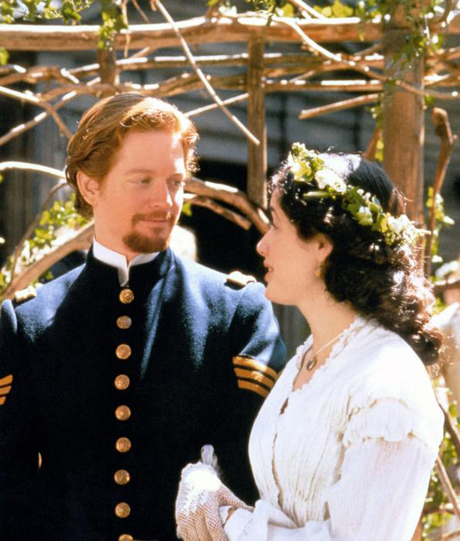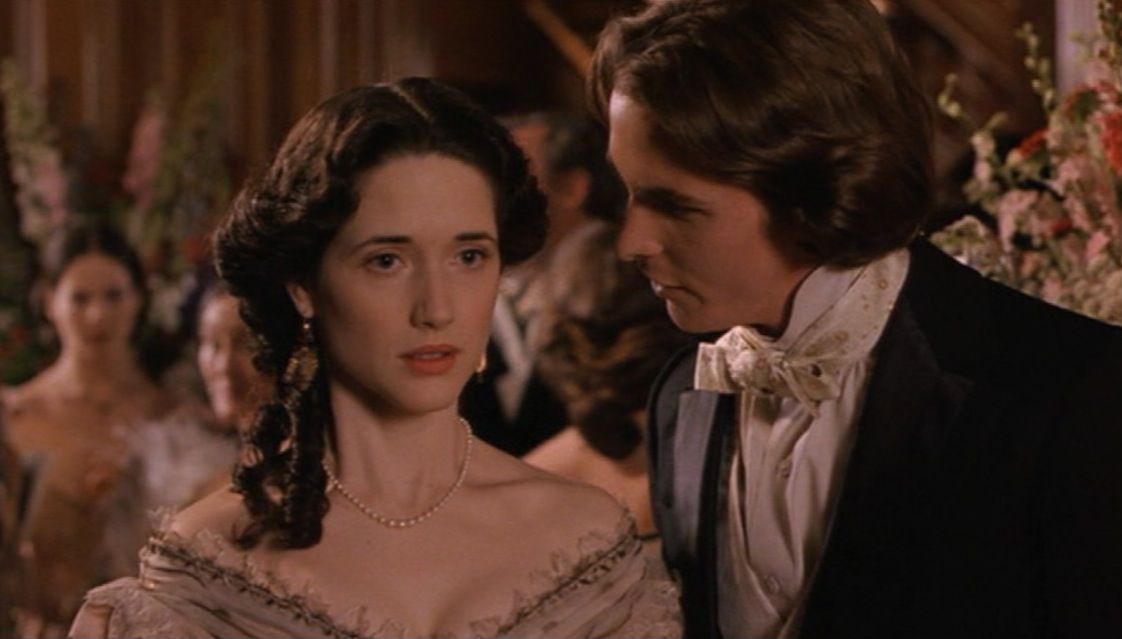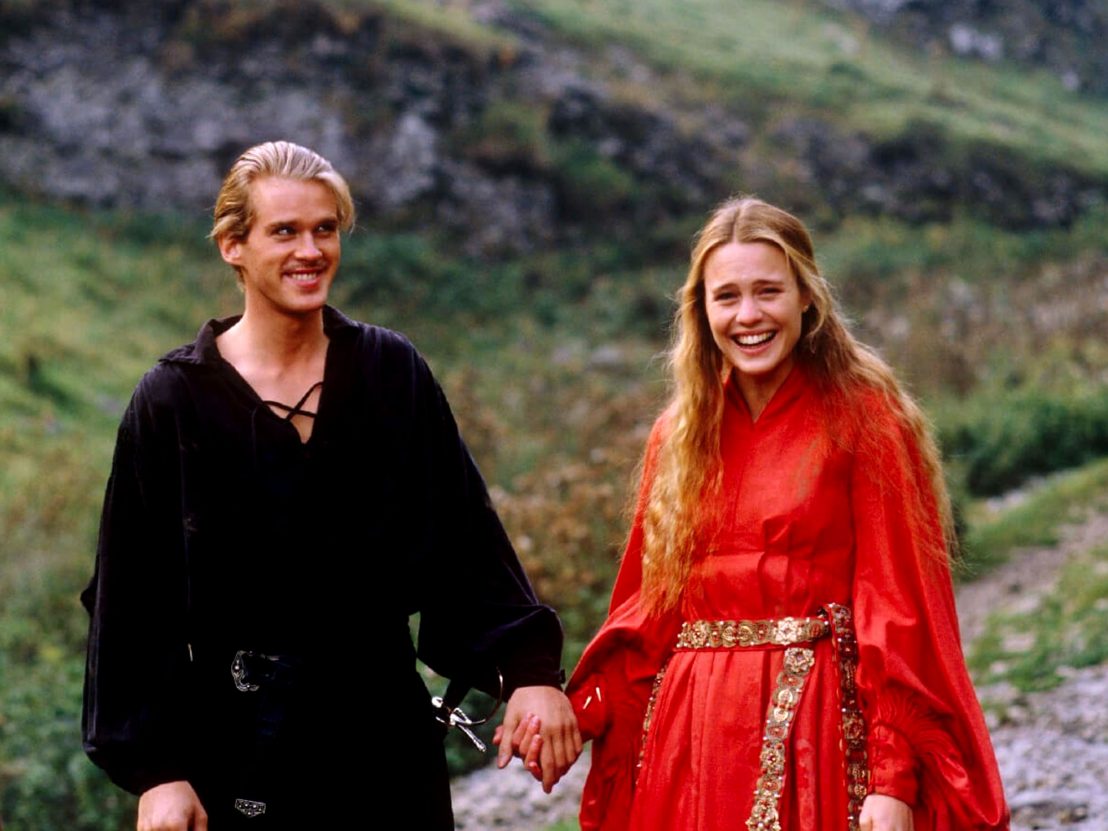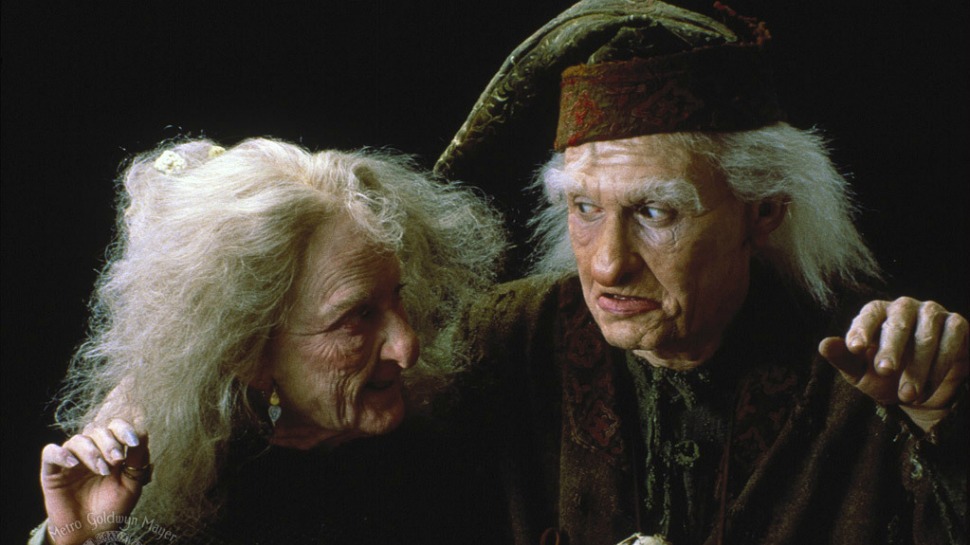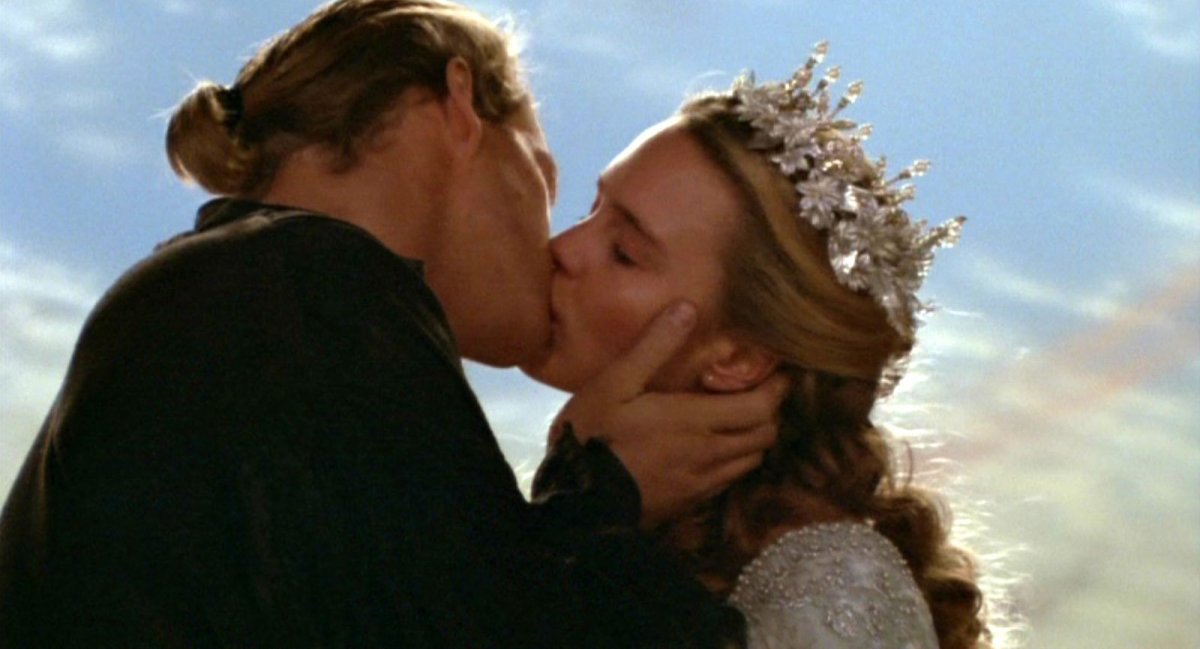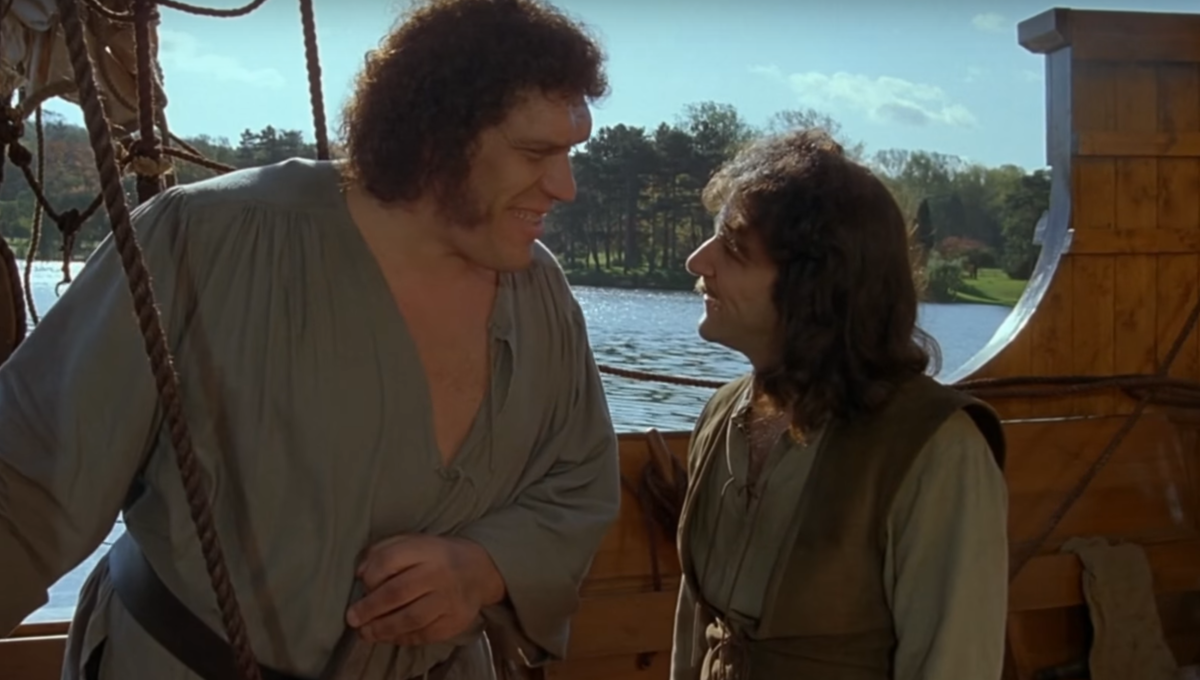Beth March is probably the most understated of all the March sisters. Quiet and reserved, she doesn’t seem to have much in common with her outgoing and adventurous sisters. But when you look beneath the surface of the little women featured in the story, you see several threads that are common to all four of them – threads that are arguably most plainly visible in Beth. She is one of the forces, standing side by side with Marmee, that hold the little women together, especially in the case of Jo. Beth is a subtly powerful voice of gentle reason, and it’s amazing the impact that she has on the world – her world – around her; that is, her family.
Of course, there are traits that make Beth her own person. Unlike most of her sisters, she was a homebody through and through, and she didn’t care who knew it. While Jo was dreaming of Europe and Amy was thinking of anywhere but there, Beth knew that she had everything that she wanted right at home; why go anywhere else? This is one of the things that I think is so endearing about Beth. She always knew that the family she had was the most important thing to her. Little Women is a story that is largely about young ladies finding out first who they are and how to be that person to the best of their ability. Beth is, in most ways, an exception to that generalization. She knew full well who she was: her mother and father’s daughter, and her best friends’ sister.
On top of this, Beth had a fascination and a love of music, unique among her sisters. True, the March family loved singing together, displayed explicitly in the many carols sung during different Christmastimes, but Beth was always the one sitting at the piano providing the music to sing to. Her delicate, tender fingers always seemed to find a home among the black and white keys of the keyboard. Her love of music alludes to her very nature of understanding and being understood. Music is often referred to as the universal language of the human soul, and I don’t disagree. The fact that Beth was the one chosen to have musical ability among the four sisters highlights to the audience that she is connected to those around her, and even connects them herself; a picture that I find rather beautiful.
These connecting facets of Beth’s personality are easy to see when you look at her. She was an excellent listener (something that Jo appreciated and made use of frequently), was incredibly generous with what she had on numerous occasions throughout the story, and, no matter what Beth was going through herself, she always supported anyone who needed it with everything she had to give. From her sisters who faced crisis after crisis that Beth often felt were bigger and more important than what she was going through, to the Hummel family that lived nearby and needed far more than Beth could have ever given them, Beth was never focused on herself. Even when Beth was incredibly sick with scarlet fever, she thought of her Marmee, and refused to let her sisters call Marmee back from Washington D.C. until she thought she was ill enough because Beth didn’t want to bother Marmee. Beth is the epitome of selflessness, and her heart overflowed with kindness and gratefulness because of it.
Even the gentle, caring Beth had a downfall, however. When we look at Little Women next, we will examine just that. For though she was filled with wonderful things and thoughts of other people, she thought very lowly of herself, and that caused extreme meekness and shyness in the second-to-youngest March sister. Join us as we look at how that affected her life, and how she eventually overcame it!


